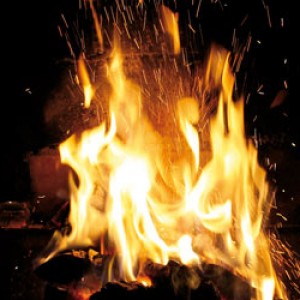enforex_pages_landing_block_e5911d97-8719-433d-b9f3-59ddc819a9b3
Is it difficult to learn Spanish for Dutch speakers?
For Dutch speakers, Spanish can be a bit more complicated than for speakers of other Romance languages, as Dutch belongs to the Germanic language family.
One of the advantages for native Dutch speakers is that Dutch has some Latin influence in its vocabulary, so many Spanish words may be familiar. Although the main difficulties can be found in the grammar, especially in the conjugation of verbs and the use of the subjunctive, which does not exist in their language, as it does in English.
Spanish pronunciation, however, is usually easier for Dutch speakers than for English speakers, as they share some sounds.
Language immersion is one of the most effective ways to learn Spanish in Spain. Try to create an immersive environment around you during your stay in the country and practice the language 24 hours a day. It may be a challenge for you, but with the right tools it will be an achievable goal. It is up to you whether learning Spanish is easy or difficult.



